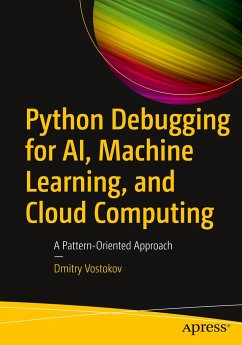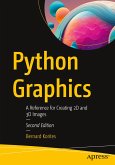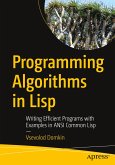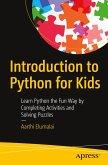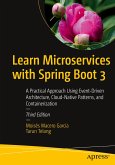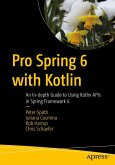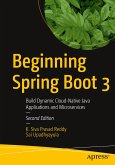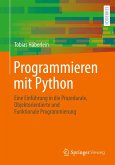This book is for those who wish to understand how Python debugging is and can be used to develop robust and reliable AI, machine learning, and cloud computing software. It will teach you a novel pattern-oriented approach to diagnose and debug abnormal software structure and behavior.
The book begins with an introduction to the pattern-oriented software diagnostics and debugging process that, before performing Python debugging, diagnoses problems in various software artifacts such as memory dumps, traces, and logs. Next, you'll learn to use various debugging patterns through Python case studies that model abnormal software behavior. You'll also be exposed to Python debugging techniques specific to cloud native and machine learning environments and explore how recent advances in AI/ML can help in Python debugging. Over the course of the book, case studies will show you how to resolve issues around environmental problems, crashes, hangs, resource spikes, leaks, and performancedegradation. This includes tracing, logging, and analyzing memory dumps using native WinDbg and GDB debuggers.
Upon completing this book, you will have the knowledge and tools needed to employ Python debugging in the development of AI, machine learning, and cloud computing applications.
What You Will Learn
Employ a pattern-oriented approach to Python debugging that starts with diagnostics of common software problemsUse tips and tricks to get the most out of popular IDEs, notebooks, and command-line Python debuggingUnderstand Python internals for interfacing with operating systems and external modulesPerform Python memory dump analysis, tracing, and logging
Who This Book Is For
Software developers, AI/ML engineers, researchers, data engineers, as well as MLOps and DevOps professionals.
The book begins with an introduction to the pattern-oriented software diagnostics and debugging process that, before performing Python debugging, diagnoses problems in various software artifacts such as memory dumps, traces, and logs. Next, you'll learn to use various debugging patterns through Python case studies that model abnormal software behavior. You'll also be exposed to Python debugging techniques specific to cloud native and machine learning environments and explore how recent advances in AI/ML can help in Python debugging. Over the course of the book, case studies will show you how to resolve issues around environmental problems, crashes, hangs, resource spikes, leaks, and performancedegradation. This includes tracing, logging, and analyzing memory dumps using native WinDbg and GDB debuggers.
Upon completing this book, you will have the knowledge and tools needed to employ Python debugging in the development of AI, machine learning, and cloud computing applications.
What You Will Learn
Employ a pattern-oriented approach to Python debugging that starts with diagnostics of common software problemsUse tips and tricks to get the most out of popular IDEs, notebooks, and command-line Python debuggingUnderstand Python internals for interfacing with operating systems and external modulesPerform Python memory dump analysis, tracing, and logging
Who This Book Is For
Software developers, AI/ML engineers, researchers, data engineers, as well as MLOps and DevOps professionals.

